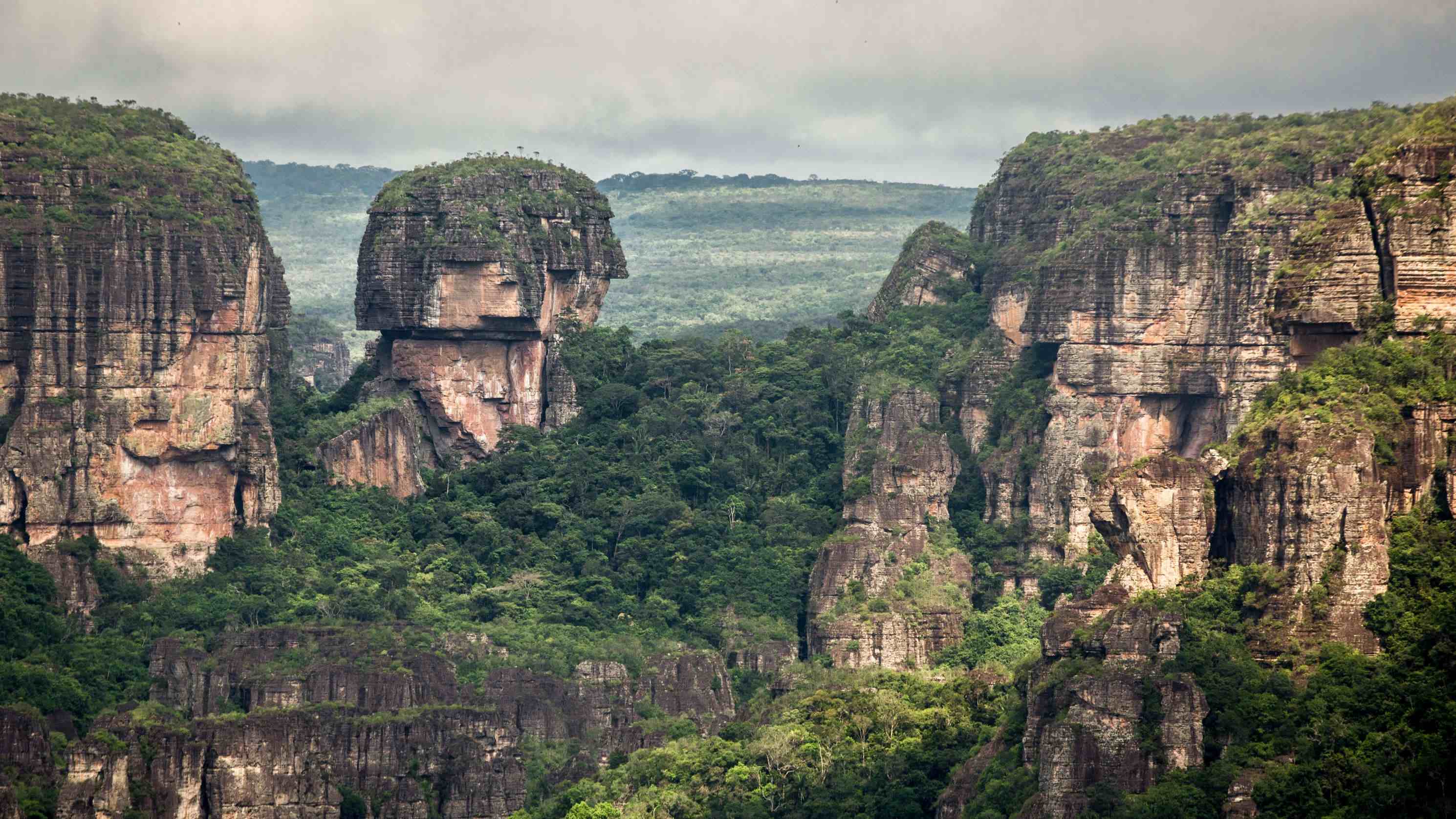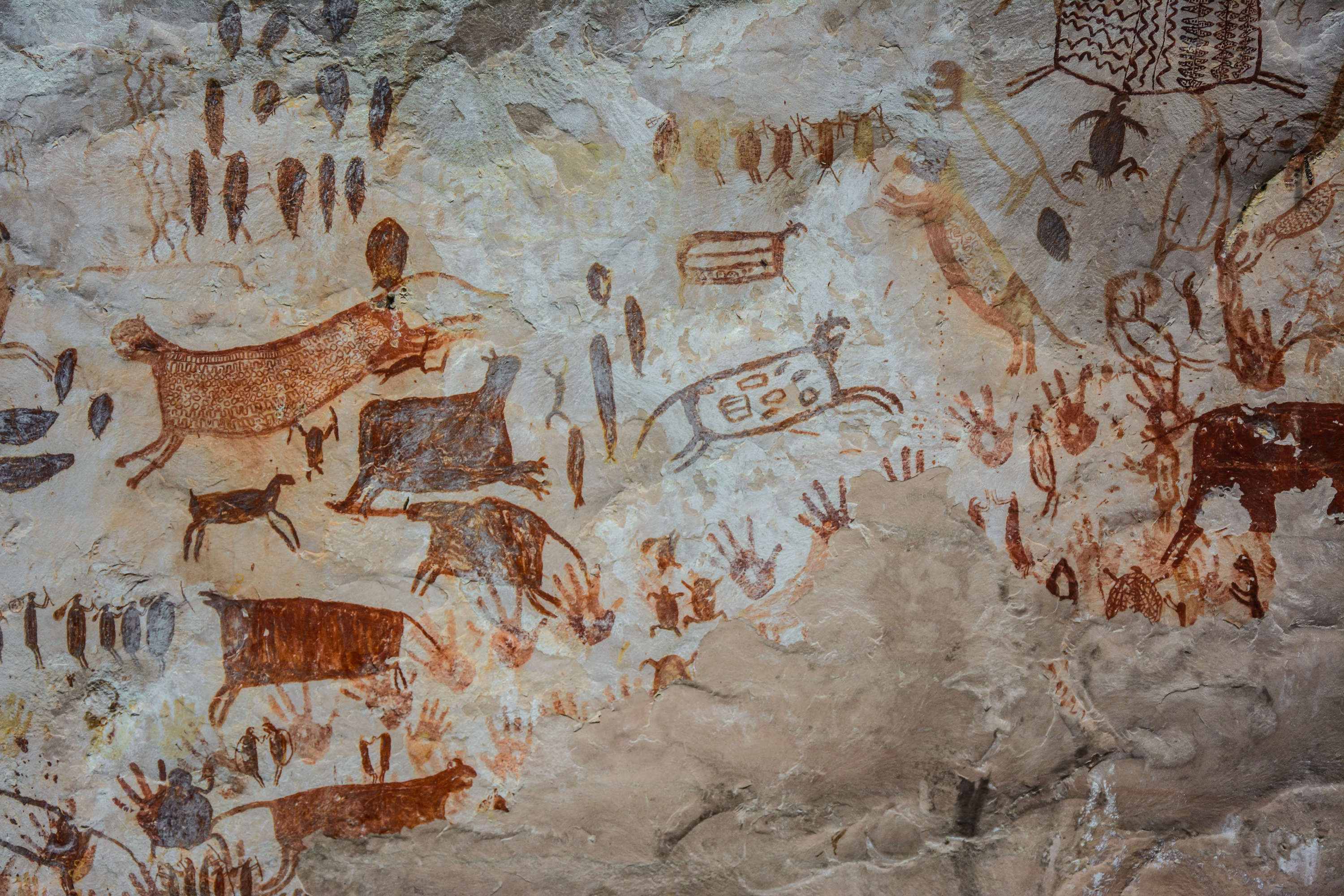
Travel
14:44, 10-Jul-2018
Colombia’s largest national park added to the World Heritage List
Updated
14:22, 13-Jul-2018
She Jingwei

Recently, the Chiribiquete National Park in Colombia has been added to the list of UNESCO’s World Heritage by the United Nations (UN), because of its incredible natural features and ancient rock paintings.
Situated in the center of the Colombian Amazon and known for having the highest rates of plant diversity in the area, the Chiribiquete National Park is a vibrant biodiverse hotspot. Because of its remote geographic location, this natural park is regarded as important home for different valuable species and animals.
The region is famous for its spectacular table-top mountains, which dominate the forests with sheer sandstone sides. Apart from that, there are also 75,000 ancient rock paintings dotted around the mountains, including 550 separate images of freshwater fish and some rare animals, which might date back to more than 20,000 years.

Rock paintings in the national park. /Photo via FCDS Foundation
Rock paintings in the national park. /Photo via FCDS Foundation
This region is also one of the oldest and biggest archaeological pictographic complexes in the Americas and holds great importance for the indigenous communities.
The park is being extended from 2.7 million to nearly 4.3 million hectares, with the aim of protecting the park and its inhabitants well into the future, and demonstrate that Colombia is committed to conserving their extraordinary biodiversity.
(Cover: Serrania de Chiribiquete Natural National Park, Colombia. /Photo via WWF Colombia)

SITEMAP
Copyright © 2018 CGTN. Beijing ICP prepared NO.16065310-3
Copyright © 2018 CGTN. Beijing ICP prepared NO.16065310-3